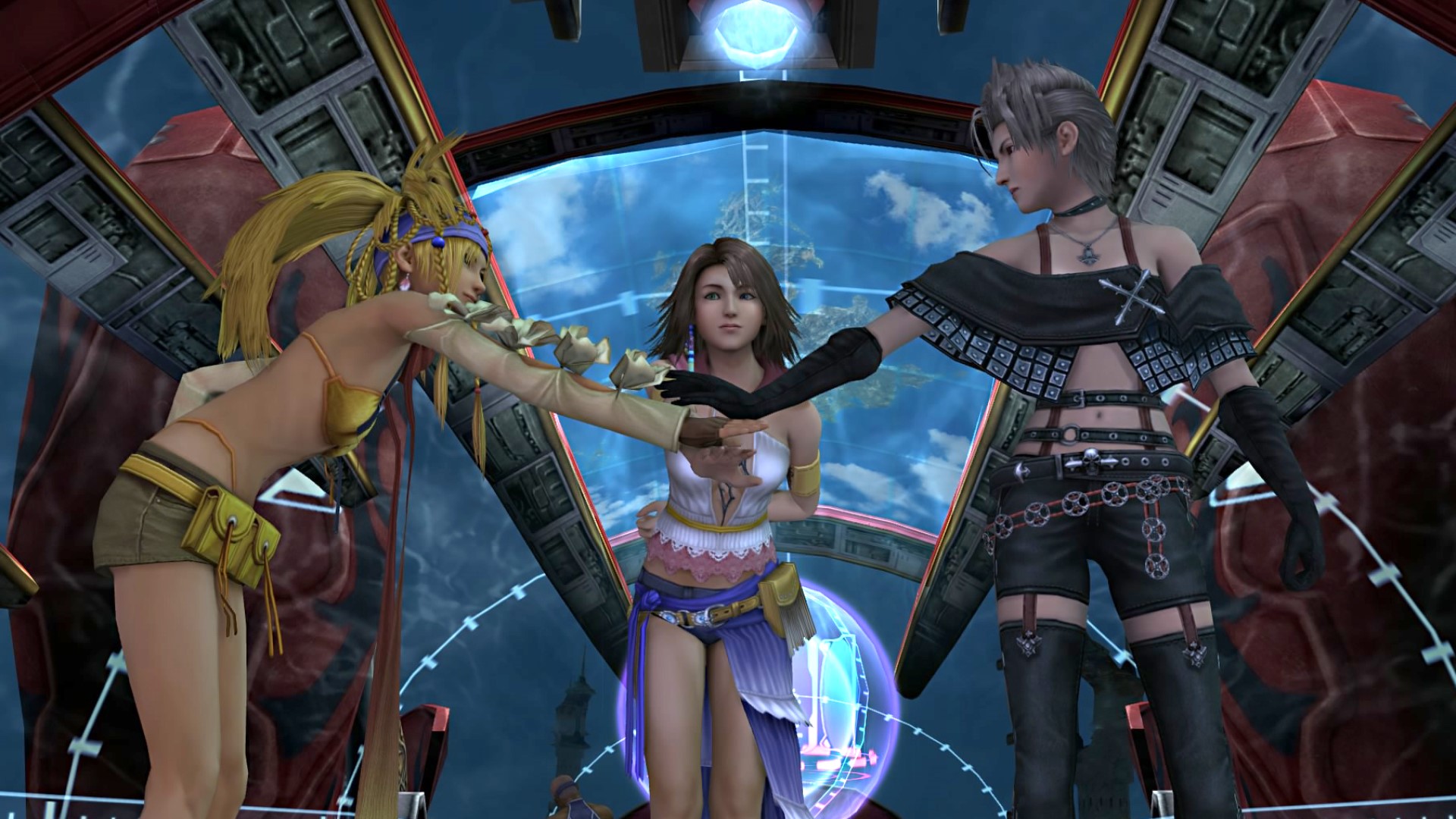
Final Fantasy 10-2 was a bizarre beast. Somehow fantastic and disappointing all at once, this unprecedented experiment would have big consequences for Final Fantasy. Released in North America 20 years ago this weekend, this cult classic RPG offered a peppy, colorful sequel to one of the darkest and most somber entries in the series. It also marked a turning point for the franchise as a whole, opening the floodgates for a new kind of Final Fantasy: a sequel.
In the series’ original incarnation, a sequel to any Final Fantasy title would have been unthinkable. Hironobu Sakaguchi, the father of Final Fantasy, famously resisted the idea of sequels for any Final Fantasy titles that he produced or directed. A veteran through and through, Sakaguchi directed the first five Final Fantasy games and produced entries 6, 7, and 9. The renowned developer was always averse to any potential follow-ups for his games.
“I don’t like sequels […] I hate them”, he told IGN back in 2015. For Sakaguchi, every title in the series had to be complete and speak for itself, in its own terms - not those of its predecessors. "That’s why every single Final Fantasy had a new cast of characters, a brand new story, [and] a different system,” he continued.
I don't like sequels
Hironobu Sakaguchi
Ironically Final Fantasy 10-2 would be his last credited game at Square Enix, as Sakaguchi went on to leave in 2003 - the same year that the sequel was released in Japan and North America.
The departure of Sakaguchi, and the release of the first-ever Final Fantasy sequel, marked a turning point for the franchise, where the old established precedents were discarded in favor of a more modern, experimental approach.
Disasteriffic
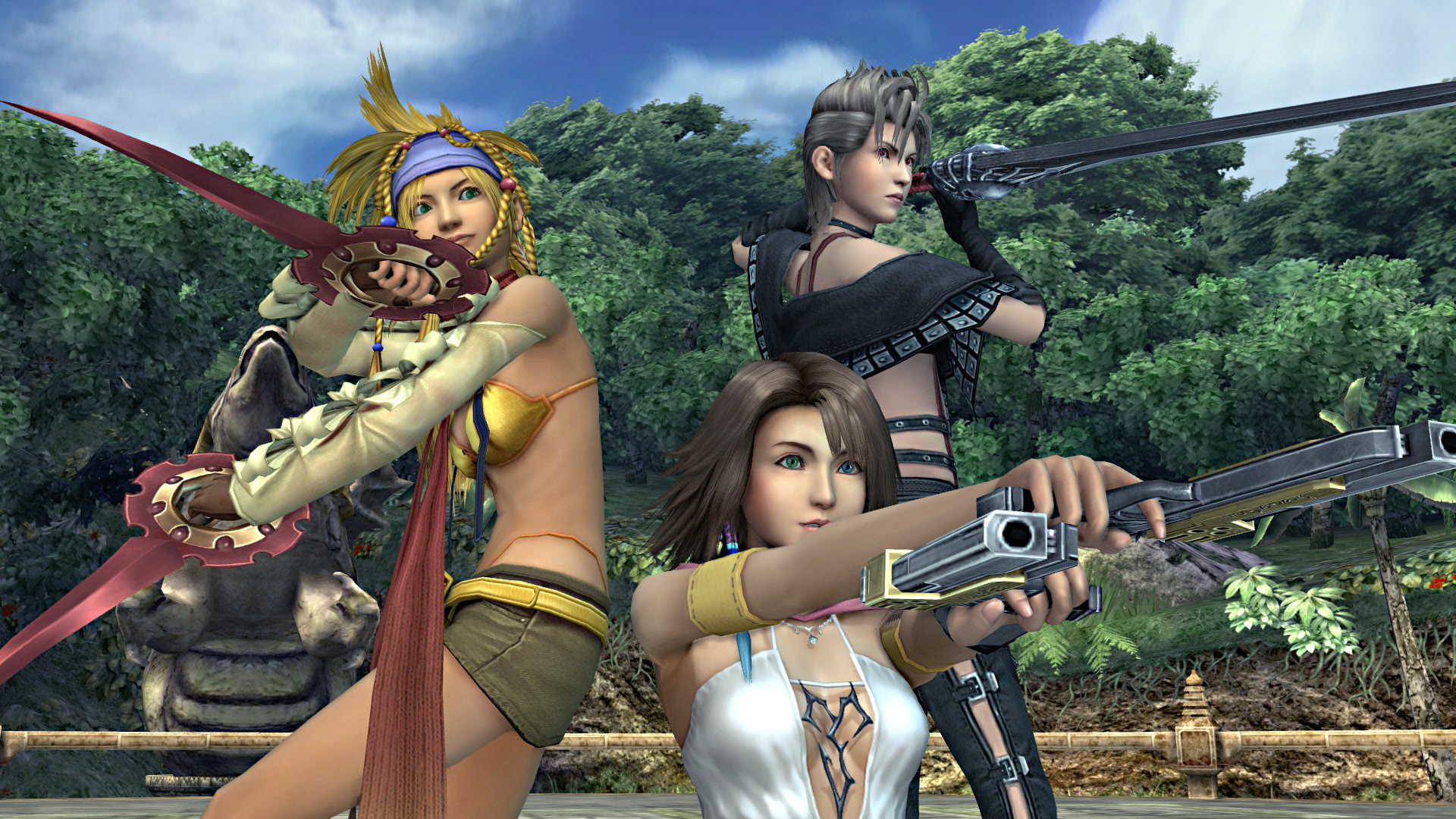
Spoilers follow for Final Fantasy 10 and Final Fantasy 10-2
Final Fantasy 10-2 is a paradoxical cultural artifact, somewhat at odds with itself. The game follows the story of three young women: Yuna, Rikku, and Paine as they attempt to get to the bottom of a mysterious recording that seemingly shows Yuna’s deceased love interest from the previous game alive and well.
Though full of wholesome female friendships and bonding, the main trio are depicted in racey outfits which, though not the most egregious you’ll ever see, certainly pander to the male gaze in a big way. The game walks a similar line to influential 1990s anime like Sailor Moon and Revolutionary Girl Utena, both of which manage to somehow empower and objectify their lead female characters at the same time.
Final Fantasy 10-2 is a curious paradox
To make things more complicated, if you scratch the game’s jaunty surface, you’ll find a robust battle system evocative of the series’ very best mechanics. Returning to the heyday of the original Final Fantasy 7, 10-2 had a variable combat system where characters would take turns whenever their action bar filled. This bar would top up in real-time, requiring you to keep a constant eye on things and to time your attacks carefully. It made for a dynamic and involving battle system that kept you invested, even during longer encounters.
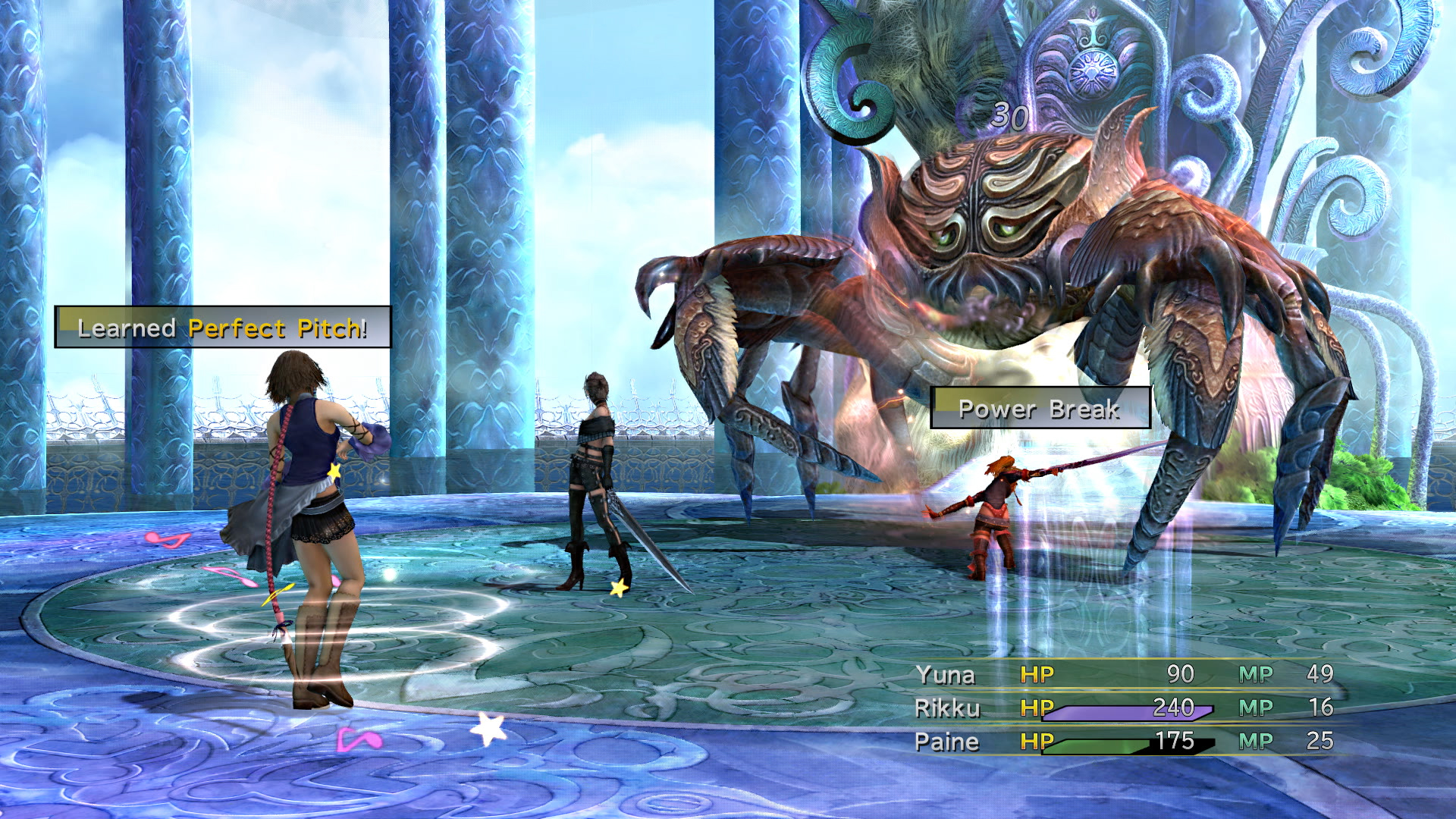
This was coupled with a refreshing take on the job system, where characters could switch classes in the middle of battle. These class changes would be accompanied by dramatic transformation cutscenes and gave battles a sense of fluidity. Contrary to Octopath Traveler 2 or even the original Final Fantasy 10, characters were not stuck in frustratingly rigid formations. Say an enemy resistant to physical damage showed up, you could simply have your warrior change to a black mage without a fuss.
That said, many fans of the original found its upbeat and energetic tone, not to mention the J-pop-ridden soundtrack, to be a disarmingly stark departure from the thoughtful melancholy of its predecessor. Yuna and pals’ vibrant journey across the world of Spira on a bright red airship marked a stark contrast from the grim death march that made up the first game. For some, it was a refreshing change of pace, whereas others felt it cheapened the poignant, bittersweet ending of the original which saw the protagonists save Spira at the cost of two members of the party, including Yuna’s love interest.
First of many
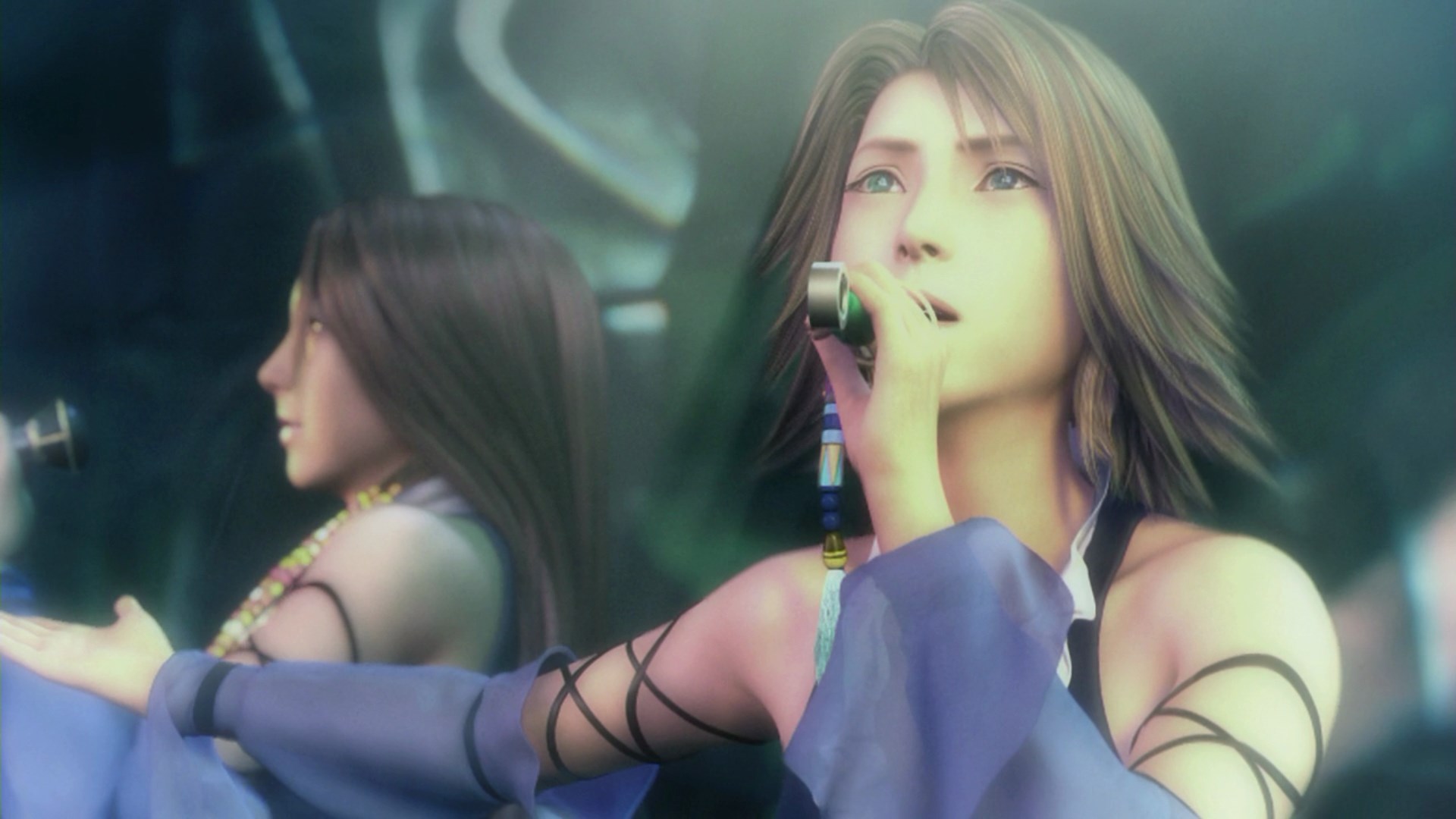
To say that Final Fantasy 10-2 was a mixed bag would be one heck of an understatement. However, experiment though it was, the title allowed Square Enix to build confidence in the notion that none of its series’ boundaries were set in stone. By opening up the floodgates, Square Enix was able to be more playful with its established properties, leading to new possibilities.
Since Final Fantasy 10-2, Final Fantasy titles have been no stranger to sequels and remakes. In fact, without this bold experiment 20 years ago it’s possible that we wouldn’t have seen Final Fantasy 7 Remake or its upcoming sequel Final Fantasy 7 Rebirth. Final Fantasy 10-2 showed us that it can be a joy to revisit old worlds and check up on their characters, especially from new perspectives.
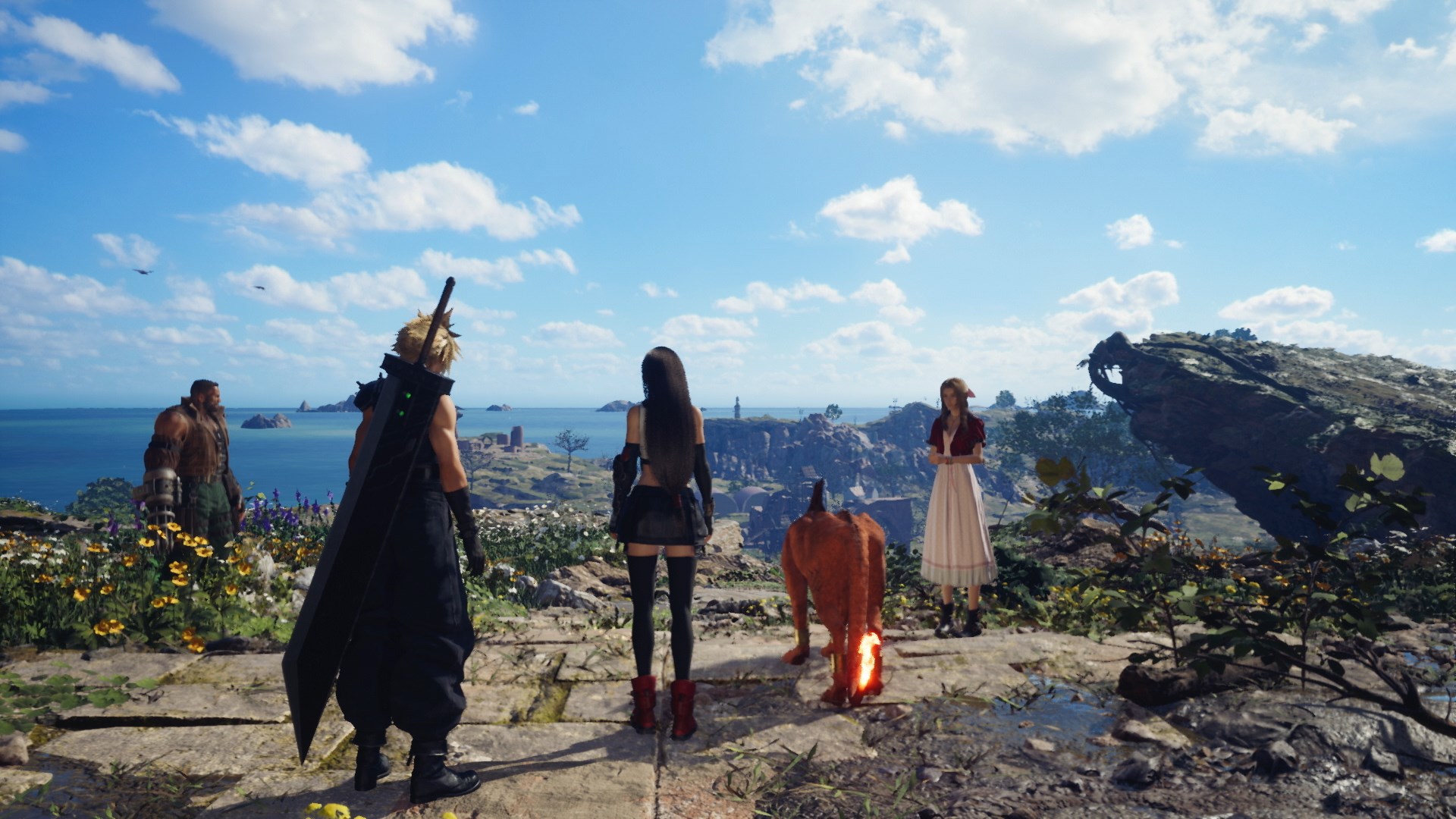
For instance, Final Fantasy 13-2 saw Serah Farron, younger sister to Final Fantasy 13’s main protagonist Lightning, step into the leading role. Though she had a very passive role in the original game, Serah is given the chance to step up, taking center stage in the tale and offering us a fresh look at the byzantine Final Fantasy 13 setting.
Though fan opinion is often divided as to its success, there’s no doubt that Final Fantasy 10-2’s bold exploration of a new narrative space has helped Final Fantasy to grow and modernize as a franchise. 10-2’s tentative first steps empowered Square Enix to forge a path forward, giving the developer license to revel in its past successes and revisit its most popular characters and universes on new terms.
Looking for more interesting games? Our lists of the best JRPGs and best story games have you covered.







